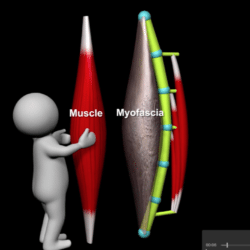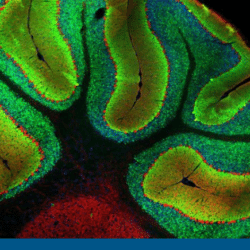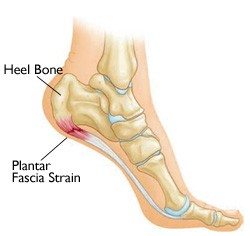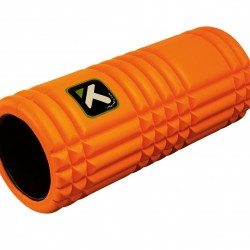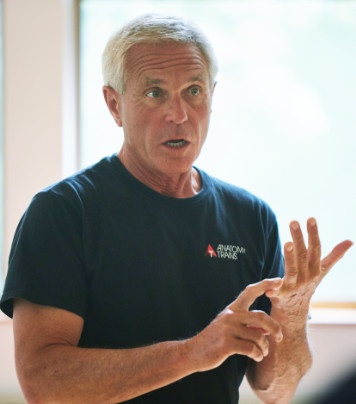Hamstrings: To Stretch or Not to Stretch?
I don’t want to say anything against my friend Michaelle, but Greg Lehman makes good points in this article: If You Want to Stretch Your Hamstrings, Please Continue to Do So Greg is responding to this article, Stop Stretching Your Hamstrings! Yoga is beset by ‘lore’. Sometimes research is the answer, sometimes not – I… Read more


